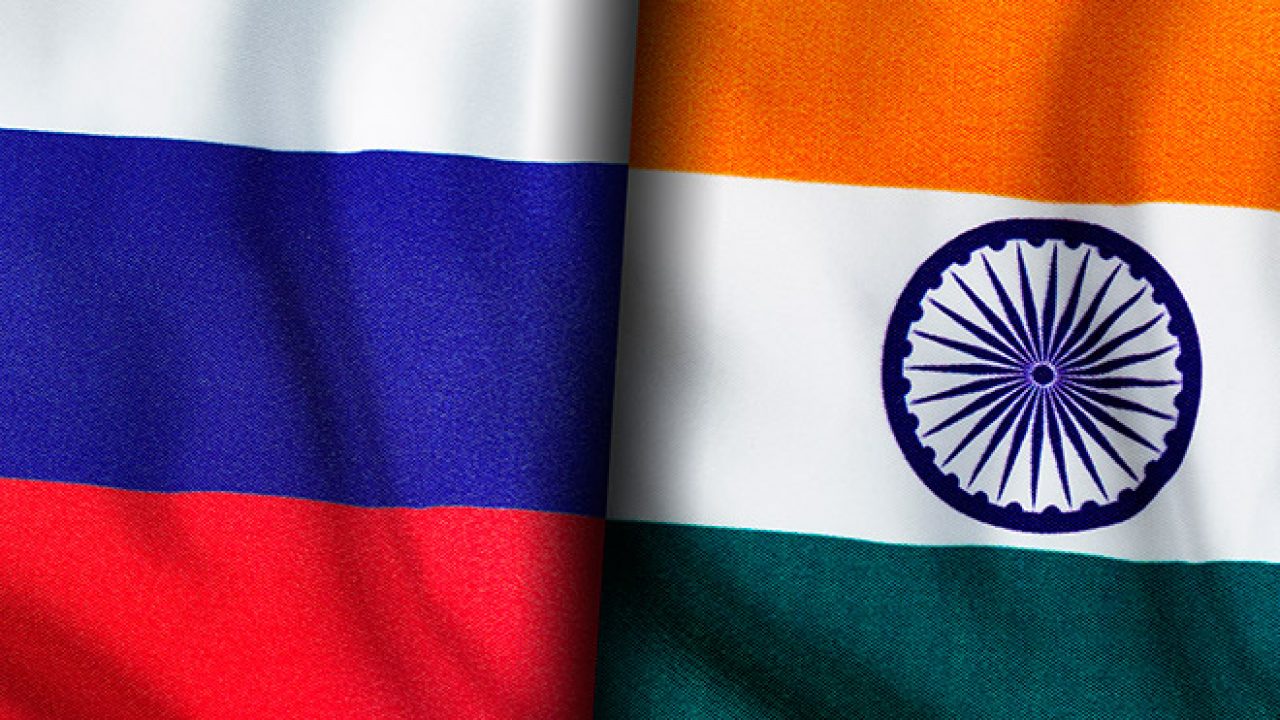India-Russia relations need careful handling
By Ajai Shukla
Unsigned editorial
Business Standard, 18th Mar 22
If there is a single lesson that India must learn from the on-going Russia-Ukraine war, it is the need to deliberately diversify the sources from which we procure our defence equipment. At its core, the prime minister’s Atmanirbhar Bharat (self-sufficient India) campaign aims to rely on nobody but ourselves for the weapons and equipment needed to fight and win a war. However, since full self-sufficiency would take years to achieve, a clear intermediate goal is essential: To ensure that we are not unhealthily dependent on a single country, strategic grouping or company for our defence equipment. Our reliance on Russia goes back decades and relates not just to basic combat equipment such as rifles, tanks, infantry combat vehicles and air defence guns, but also increasingly for “sub-strategic” systems that incorporate closely guarded technologies. For example, India has taken from Russia two nuclear propelled attack submarines (SSN) on successive 10-year leases. Russia has assisted Indian designers in preparing blueprints for our indigenous, nuclear-propelled ballistic missile submarines (SSBN). That is something that even the US refused to help us with, even though Washington makes much of India being America’s “major defence partner.” Moscow’s design assistance has also gone into building the aircraft carrier INS Vikrant. India’s satellite navigation system, called GAGAN, benefits from access to the precision code of Russia’s Global Navigation Satellite System(GLONASS). The two countries have jointly developed the BrahMos supersonic cruise missile, which has become a symbol of Indo-Russian cooperation.
However, New Delhi’s defence relationships with Russia and Ukraine have led to a peculiar triangle of mutual dependency. When the Indian Air Force (IAF) wanted to get a mid-life upgrade for its Antonov-32 (AN-32) transport aircraft fleet, it had to arrange this with both Ukraine and Russia. That is because Antonov is located in Ukraine, but many of the parts of the AN-32 were made in Russian factories spread across the erstwhile Soviet Union. Eventually, Kiyiv had to set up new manufacturing units for AN-32 parts in order to complete the job. In another example involving Ukraine, the Indian Navy recently bought four Krivak-III class frigates from Russia but, since they are propelled by Ukrainian Zorya turbines, the deal is being delayed by Kiyev’s refusal to supply the turbines to Russia. New Delhi realizes the undesirability of this heavy dependency on Moscow, but can neither sustain the relationship in its present form, nor extricate India’s military from it. Given Moscow’s dependence on India’s purchase of Russian arms, it cannot be persuaded to withdraw from lucrative Indian tenders such as for 114 multi-role combat aircraft (MRCA) or for 57 carrier-based aircraft for the Indian Navy.
Given the sensitivity that characterises India’s growing defence ties with Washington and deteriorating ties with Beijing, any reluctance to buy Russian weaponry risks making India appear like a western ally. Furthermore, given Russia’s growing closeness to China, strong Moscow-Delhi ties give Russia the strength to keep China at arm’s length. Russia’s State Armament Programme requires the development of a whole new generation of weapons systems and technologies that Moscow cannot fund on its own. Moscow would prefer India over China as a co-development partner, given the latter’s worrying record of reverse engineering. Furthermore, India’s vast military requirements, combined with Russia’s own modernisation drive, provide the economies of scale needed for both militaries to obtain high-tech, low-cost systems. The India-Russia defence relations, therefore, needs to be managed carefully.







-1.png)













Wjat an irony. The armed forces have often been chastized for maintaining an incredibly mind numbing combination of equipment in its arsenal and it's weird that the current crisis has somehow forced analysts to see the silver lining around such an umanageable inventory of systems! That being said, there is no aternative to being self sufficient. We have reached critical velocity in many areas and we need to do double triple and qudruple our investments in developing capabilities in areas that we are still dependent on foreign partners within the next decade to achieve self reliance across the board. I hope this important lesson is not lost onc the war in Ukraine ends.
ReplyDeleteTo what extent can India diversify it's defence procurement? India is operating fighter aircraft from France and Russia. Can India also induct US fighter aircraft? Can India make and assemble defence equipment sourced from different parts of the world? Will India be able to partner with foreign defence industries, and also develop indigenous defence research and industry capabilities?
ReplyDelete